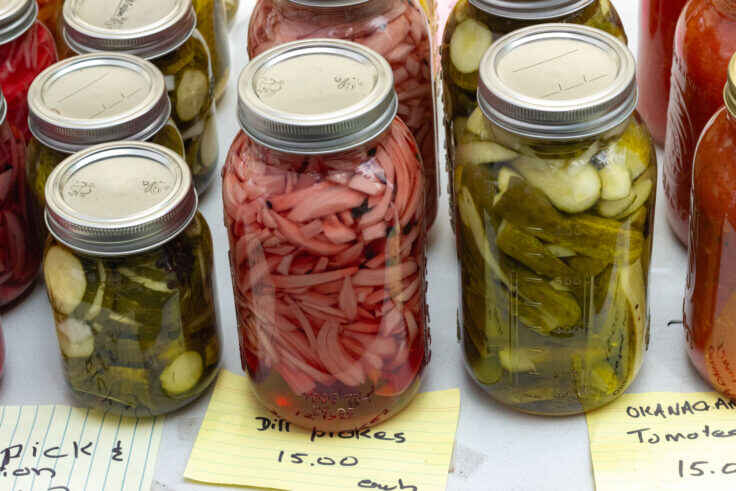Key Federal Programs to Address Student Food Insecurity When School is out of Session
April 22, 2020
Overview
Currently, 1 in 7 children within the United States struggles with hunger. These food insecure children do not have enough food to live healthy and active lives. The repercussions of food insecurity are severe including an increased risk of anemia, lower nutrient intake, cognitive problems, aggression, anxiety, asthma, depression, suicidal ideation, and a higher risk of being hospitalized, along with poorer general health. These outcomes do not cease following adolescence, but span into adulthood. Food security status is a strong predictor of chronic illness in adulthood, in some cases more than income.

The federal government has created programs that focus on student food insecurity and attempt to fill in nutrition gaps for low-income children. The National School Lunch Program (“NSLP”) and the School Breakfast Program (“SBP”) are two notable federal programs working to tackle food insecurity. During the 2018-2019 school year, 22 million children received free or reduced-priced meals through the NSLP. When school is closed, the need remains. The Seamless Summer Option (“SSO”), the Summer Food Service Program (“SFSP”), the Child and Adult Care Food Program (“CACFP”), and the After School Snack Program are federal nutrition programs that address nutrition gaps that occur outside of the traditional school calendar. While these programs make an impact, they face a plethora of hurdles.
This issue brief examines federal programming geared toward filling the gaps that the NSLP and the SBP do not address, and innovative solutions that make the SSO, SFSP, CACFP, and the After School Snack Program work to their fullest potential.



